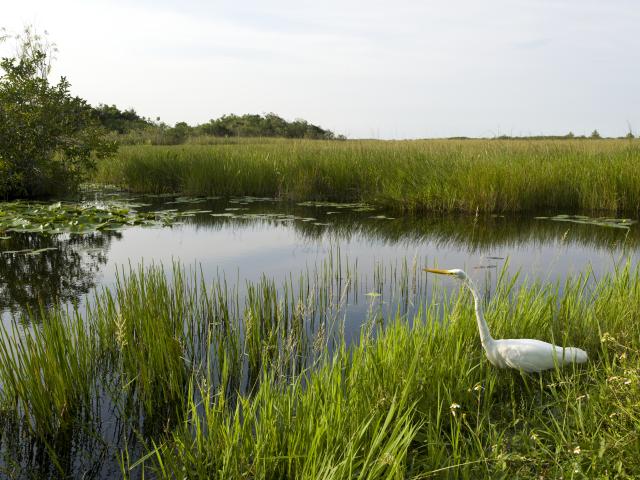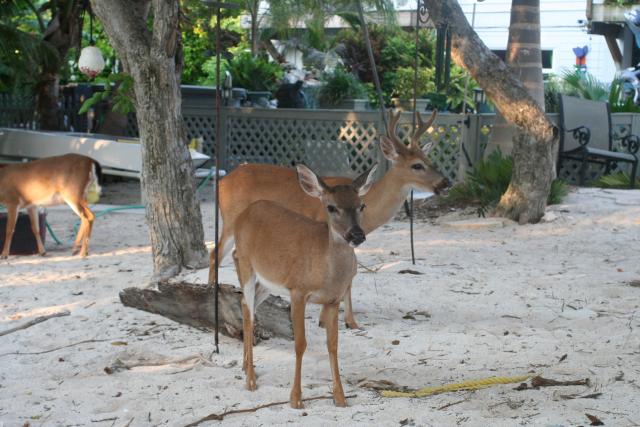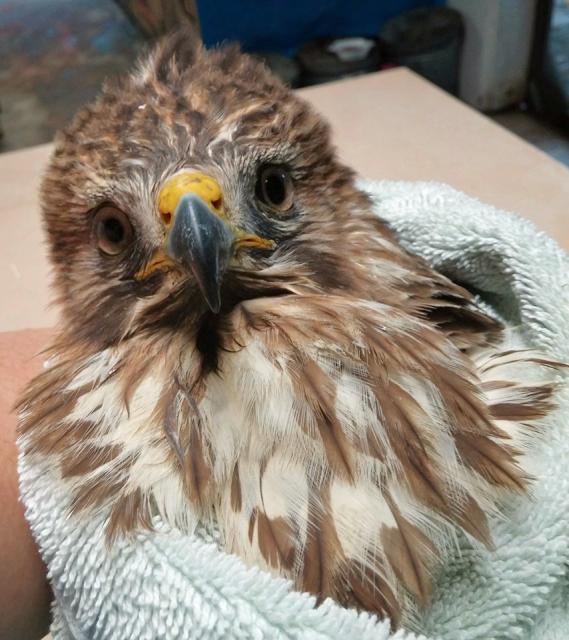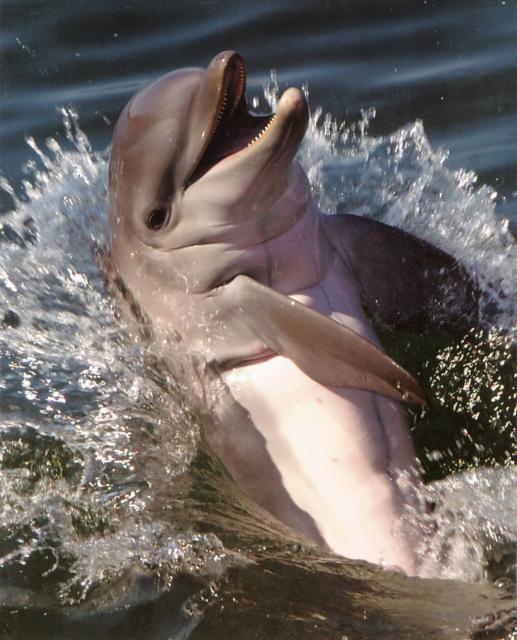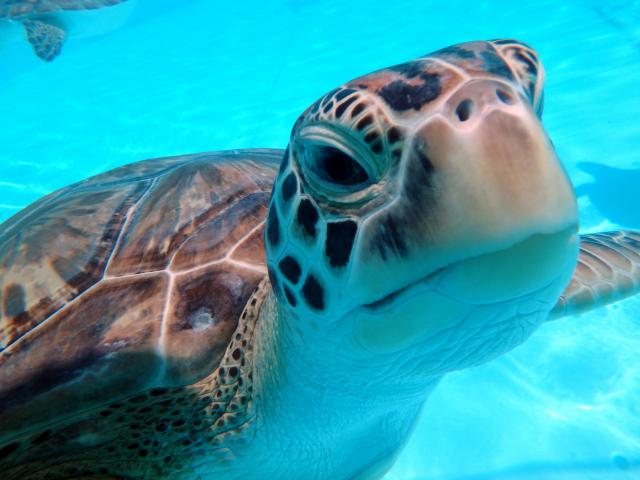Florida Keys Visitors Can Discover Wildlife in Natural Habitats
FLORIDA KEYS — People from around the world are drawn to the Florida Keys, seeking one-of-kind opportunities to encounter the island chain’s indigenous creatures. Whether exploring the many national wildlife refuges or getting up close to a bottlenose dolphin or sea turtle, there are numerous ways for visitors to get “simply wild.”
The region’s commitment to environmental stewardship and preservation has been an ongoing effort for more than a century. It began in 1908 when the Key West National Wildlife Refuge was established. The refuge incorporates more than 2,000 land acres, all designated wilderness, as well as 200,000 acres of marine waters co-managed with the state of Florida and the Florida Keys National Marine Sanctuary.
The Great Heron National Wildlife Refuge, established in 1938, provides safe nesting and breeding areas for great white herons and other migratory birds and wildlife. White herons are North America’s largest wading bird, and according to the U.S. Fish and Wildlife Service, they are only found in the Florida Keys and on the South Florida mainland.
While the refuge is an ideal location to view these magnificent birds in their natural habitat, the Florida Keys Wild Bird Rehabilitation Center in Tavernier is dedicated to the rescue, rehabilitation and release of native and migratory wild birds. In addition to an avian hospital that cares for birds before releasing them into the wild, the center also is home to a sanctuary that provides a humane, natural and protected refuge. The sanctuary offers acres of wetlands that serve as a habitat for injured birds that cannot safely return to the wild. Visitors can stroll the sanctuary’s boardwalk and view these beautiful creatures.
For visitors interested in the native animals of the Florida Keys, the Lower Keys’ National Key Deer Refuge is an ideal location to encounter the unique species in its natural habitat. Established in 1957 to protect and preserve habitats for wildlife, most notably the diminutive Key deer, the refuge encompasses more than 9,000 acres of prime Key deer territory ranging from Bahia Honda Key to the eastern shores of Sugarloaf Key, out to the edge of the Gulf of Mexico.
It also is a stopping point for thousands of migratory birds each year and a winter home for many North American bird species. Within the refuge are two interpretive nature trails that wind through the pinelands into a tropical hardwood hammock perfectly suited for catching a glimpse of Key deer.
After encountering the wildlife on land, visitors can continue their Florida Keys adventure by seeking out the creatures of the sea. The waters surrounding the entire island chain are protected within the Florida Keys National Marine Sanctuary, widely regarded as a national treasure, which was established in 1990 by the U.S. government.
The sanctuary encompasses 2,800 square nautical miles of coastal and oceanic waters and submerged lands, including vast stretches of Florida Bay, the Gulf of Mexico and the Atlantic Ocean. Its designation allows for management of the region’s special ecological, historical, recreational and aesthetic resources. Within its boundaries lie mangrove islands, historic shipwrecks filled with rare artifacts, and tropical fish and other marine life.
From snorkeling the only living barrier reef in the U.S. to coming nose to nose with a dolphin, there are numerous opportunities for visitors to interact with ocean inhabitants.
Ever since marine researchers discovered that dolphins might rival humans among the world’s most intelligent mammals, dolphins have become a source of fascination for people. In the Florida Keys, visitors have the opportunity to swim with and learn about these gentle animals from experts devoted to their care.
Dolphin Research Center, located on Grassy Key, specializes in presenting marine mammal education and research programs to the public. Founded in 1984 as a nonprofit facility, it is home to a family of dolphins and California sea lions, most of them born at the center. The facility provides narrated dolphin and sea lion behavior sessions, as well as educational presentations every half-hour that teach visitors about marine mammals and their environment.
Guests also can sign up for a wide range of interactive programs including Dolphin Encounter, the center’s swim program; Family Dolphin Splash, a wade-in program that offers the opportunity to get waist-deep in the water with dolphins; and programs that offer insights into the research done at the renowned facility.
Another acclaimed Florida Keys attraction is the Turtle Hospital in Marathon. The world’s first state licensed veterinary sea turtle hospital, the facility opened in 1986 and is dedicated to healing injured sea turtles and returning them to the wild. If release isn’t feasible, the turtle will become a permanent resident of the facility or will be transferred to a “forever home.”
Visitors can take guided educational tours of the Turtle Hospital facilities to discover how patients are treated, meet the current inhabitants and learn more about sea turtles and why they are endangered — providing up-close and personal insights into the turtles’ world and how to protect them in their natural habitat.
As well as rehabilitating sick and injured turtles, the hospital educates the public through outreach programs, conducts and assists with research that aids sea turtles in conjunction with state universities, and works toward environmental legislation that makes beaches and water safer and cleaner for sea turtles.
Also home to several other dolphin centers, refuges and bird and wildlife rehabilitation facilities, the Florida Keys are known for their unique “simply wild” experiences. Visitors can discover creatures that inhabit the region’s land, sea and air — enjoying rare opportunities to encounter and interact with them while learning about their lives and their worlds.
Florida Keys visitor information: fla-keys.com or 1-800-FLA-KEYS
Facebook • Twitter • Instagram• YouTube• KeysVoices.com
The Lower Keys’ National Key Deer Refuge is an ideal location to encounter the unique species in its natural habitat.
Marathon Wild Bird Center accepts all patients, like this young raptor, to rescue, rehabilitate and release back to their natural environment.
Dolphin Research Center, located on Grassy Key, is home to a family of dolphins and California sea lions, most of them born at the center.
The Turtle Hospital in Marathon opened in 1986 as the world’s first state licensed veterinary sea turtle hospital.


